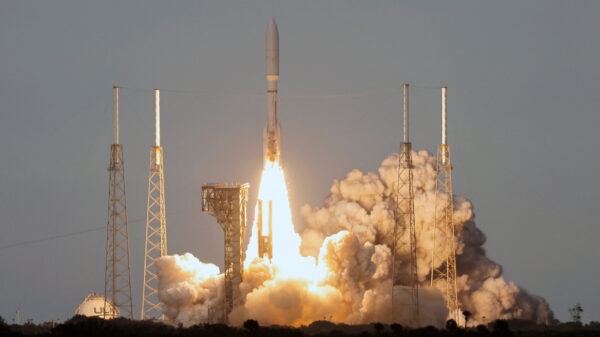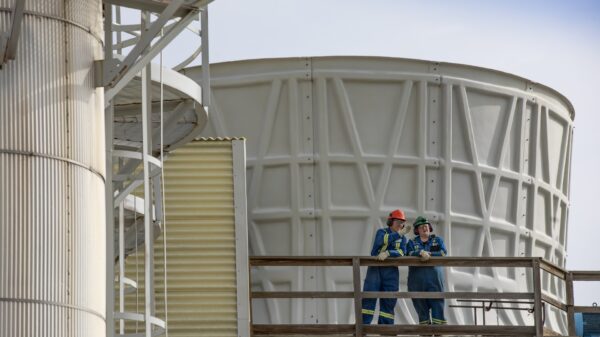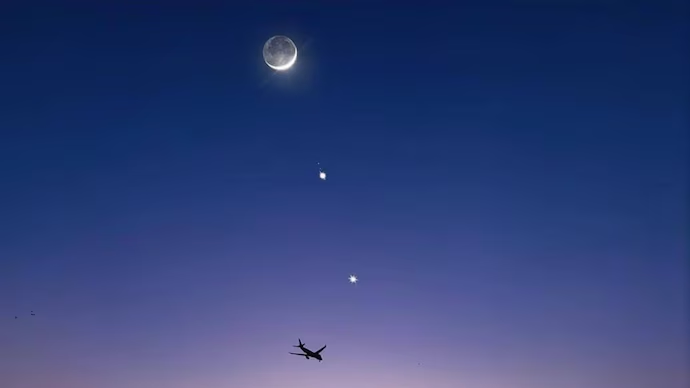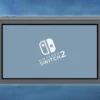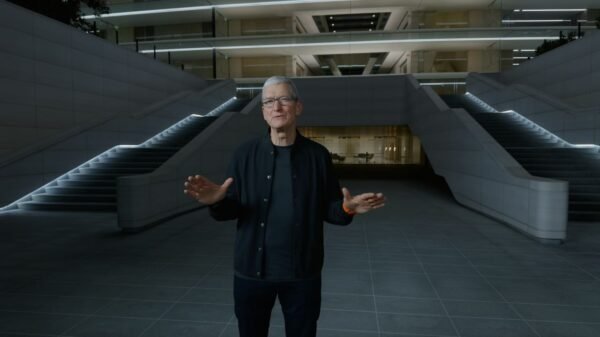Venus and Saturn Conjunction Delights Stargazers
On the evening of January 17-18, 2025, skywatchers will witness a celestial event as Venus and Saturn come into their closest conjunction. This rare planetary alignment is expected to create a dazzling sight, drawing the attention of amateur and professional astronomers worldwide.
What is a Planetary Conjunction?
A planetary conjunction occurs when two planets appear very close to each other in the sky from Earth’s perspective. These events are relatively rare and offer a unique opportunity to observe celestial bodies in close proximity, enhancing their visual appeal.
Closest Approach of Venus and Saturn
During this event, Venus and Saturn will lie approximately 2.2 degrees apart, making them visible within the same field of view for most telescopes and binoculars. The closest approach will occur during the evening hours, providing optimal viewing conditions.
The Beauty of Venus
Known as the “Evening Star,” Venus is one of the brightest objects in the night sky. Its dazzling appearance, caused by sunlight reflecting off its thick cloud cover, will make it easy to spot during the conjunction, even with the naked eye.
The Elegance of Saturn
Saturn, famous for its iconic rings, will complement Venus’s brightness with its golden hue. Although it appears dimmer than Venus, its beauty can be fully appreciated through a telescope, revealing its stunning ring system.
Ideal Viewing Conditions
Astronomers recommend finding a location with minimal light pollution for the best view of the conjunction. Clear skies and a low western horizon are essential, as the planets will set shortly after sunset, limiting the viewing window.
A Treat for Binoculars and Telescopes
While the conjunction can be observed with the naked eye, using binoculars or a telescope will enhance the experience. These tools will allow viewers to see Venus as a glowing orb and Saturn’s rings in greater detail.
Photography Opportunities Abound
Astrophotographers are eagerly preparing to capture the event, which promises stunning images of the two planets in close proximity. Wide-angle lenses and long exposures can help create breathtaking photographs of the night sky during the conjunction.
Cultural and Historical Significance
Planetary alignments have fascinated civilizations for centuries, often inspiring myths and legends. The Venus-Saturn conjunction is no exception, carrying both scientific interest and cultural intrigue.
Scientific Insights from Conjunctions
While primarily a visual spectacle, conjunctions like this also provide scientists with opportunities to study planetary movements and refine our understanding of celestial mechanics. Such events are reminders of the intricate dance of objects in our solar system.
A Rare Alignment
Venus and Saturn do not align frequently, making this conjunction a special event. The last notable conjunction of these two planets occurred several years ago, and the next will not happen for quite some time, adding to the anticipation.
Public Interest in Astronomy
Events like the Venus-Saturn conjunction spark public interest in astronomy, encouraging people to look up and learn more about the universe. Observatories and planetariums often host events and viewing parties to celebrate such occasions.
Viewing with Friends and Family
The conjunction offers a perfect opportunity for families and friends to gather and enjoy the night sky together. Stargazing can be a shared experience that inspires awe and curiosity about the cosmos.
Preparing for the Event
Experts recommend checking weather forecasts and planning ahead to ensure a successful viewing experience. Arriving early to a dark-sky location and bringing necessary equipment, like a telescope or a star map, can enhance the observation.
Conclusion: A Celestial Delight Awaits
The Venus-Saturn conjunction on January 17-18, 2025, promises to be a breathtaking event that captivates stargazers and astronomers alike. As the planets grace the night sky in close proximity, the spectacle serves as a reminder of the beauty and wonder of our universe. Whether viewed with the naked eye or through a telescope, this rare alignment is a celestial phenomenon not to be missed.





